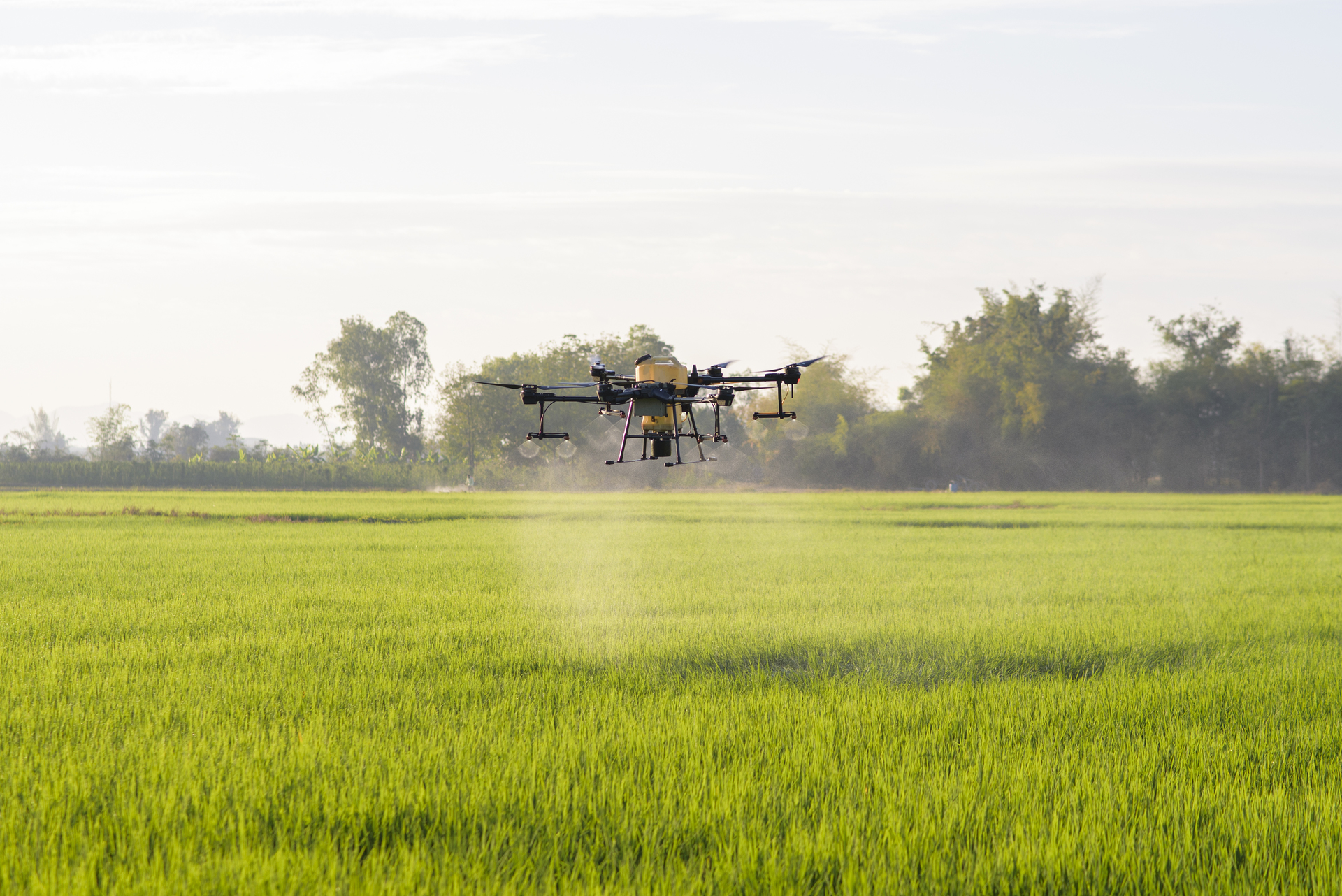
Drone Technology in Agriculture: Benefits and Use Cases
Drone technology has rapidly evolved over the past decade, offering a wide range of applications in various industries, including agriculture. In the agricultural sector, drones have become a valuable tool for farmers, helping them to monitor their crops, optimize their management practices, and improve overall efficiency and productivity. In this blog post, we will explore the benefits of drone technology in agriculture and discuss some of the key use cases and applications.
1. Overview of Drone Technology in Agriculture
Drones, also known as unmanned aerial vehicles (UAVs), are small, remotely piloted aircraft that can be equipped with a variety of sensors, cameras, and other payloads. In agriculture, drones are typically used for aerial imaging and data collection, providing farmers with valuable information on crop health, soil conditions, and other key factors affecting their operations.
There are several types of drones available for agricultural use, including fixed-wing, multirotor, and hybrid designs. Fixed-wing drones are generally more suitable for large-scale operations, as they can cover greater distances and offer longer flight times. Multirotor drones, on the other hand, are more agile and can hover in place, making them ideal for capturing high-resolution images and data in smaller areas. Hybrid drones offer a combination of both fixed-wing and multirotor capabilities.
2. The Role of Drone Technology in Precision Agriculture
Precision agriculture is a modern farming approach that aims to optimize resource use, improve crop yields, and minimize environmental impacts through data-driven decision-making. Drone technology plays a crucial role in precision agriculture by providing farmers with accurate, real-time data on their crops and fields, which can be used to make more informed decisions about their operations.
Using drones equipped with high-resolution cameras and multispectral sensors, farmers can capture detailed images and data on their crops, identifying issues such as pest infestations, disease, or nutrient deficiencies. This information can then be used to develop targeted treatment plans, reducing the need for blanket applications of pesticides and fertilizers, and ultimately improving the efficiency and sustainability of farming practices.
3. Key Benefits of Drone Technology in Agriculture
There are several key benefits of using drone technology in agriculture, including:
Increased Efficiency and Productivity: By providing real-time, high-resolution data on crop health and environmental conditions, drone technology enables farmers to make more informed decisions about their management practices, leading to increased efficiency and productivity.
Reduced Input Costs: Drone technology can help farmers optimize their use of inputs, such as fertilizers, pesticides, and water, resulting in reduced input costs and minimized environmental impacts.
Early Detection of Issues: Drone technology can help identify early signs of disease, pest infestations, or other stress factors, enabling farmers to take preventive measures and minimize crop losses.
Improved Sustainability: By providing detailed information on crop health and environmental conditions, drone technology can support more sustainable and resource-efficient agricultural practices.
Scalability: Drone technology can be used to monitor large-scale agricultural landscapes, providing valuable data for regional and national crop health assessments, as well as informing policy and research efforts.
4. Use Cases of Drone Technology in Agriculture
Drone technology has a wide range of applications in agriculture, some of which include:
Crop Monitoring: Regular drone flights can provide farmers with detailed information on crop growth and health, allowing them to identify areas that require attention and make timely interventions. This helps to improve crop yields and reduce crop losses due to pests, diseases, and other stress factors.
Soil Analysis: Drones equipped with multispectral sensors can be used to assess soil properties, such as moisture content, organic matter, and nutrient levels. This information can help farmers make informed decisions about their soil management practices, such as tillage, cover cropping, and nutrient applications.
Irrigation Management: Drone technology can be used to monitor soil moisture levels and identify areas of over- or under-irrigation. By optimizing their irrigation practices based on this data, farmers can conserve water resources and reduce their water-related costs.
Pest and Disease Management: Drones equipped with high-resolution cameras can help detect signs of pest infestations or diseases in crops, allowing farmers to take targeted action to control these issues before they cause significant crop losses.
Yield Estimation: By analyzing drone imagery and data, farmers can estimate crop yields more accurately, enabling them to make better-informed decisions about their marketing and storage strategies.
5. Future Developments in Drone Technology for Agriculture
As drone technology continues to advance, we can expect to see several future developments and innovations in the field of agriculture:
Integration with Artificial Intelligence: The integration of drone technology with artificial intelligence (AI) and machine learning algorithms will enable more sophisticated analysis of aerial imagery and data, providing farmers with deeper insights and more accurate predictions about their crops and fields.
Increased Automation: As drone technology advances, we can expect to see more automated systems for tasks such as crop monitoring, pest detection, and even precision spraying of pesticides and fertilizers. This will help to further improve the efficiency and productivity of agricultural operations.
New Sensor Technologies: The development of new and improved sensors, such as hyperspectral cameras and LIDAR, will expand the range of applications for drone technology in agriculture and provide farmers with even more detailed and accurate data on their crops and fields.
Improved Regulatory Frameworks: As the use of drone technology in agriculture becomes more widespread, we can expect to see the development of improved regulatory frameworks that balance the need for innovation and safety, ensuring that drones can be deployed effectively and responsibly in the agricultural sector.
By staying informed about the latest developments in drone technology and adapting their practices accordingly, farmers can harness the full potential of this powerful tool to improve the efficiency, productivity, and sustainability of their agricultural operations for years to come.